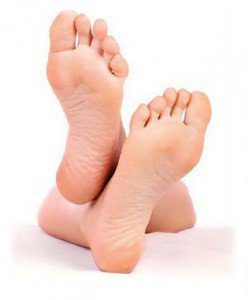Most Plantar fasciitis is a pain caused by degenerative irritation at the insertion of the plantar fascia on the medial process of the calcaneal tuberosity. The pain may be substantial, resulting in the alteration of daily activities.
There are many diagnoses within the differential of heel pain; however, plantar fasciitis is the most common cause of heel pain for which professional care is sought. Approximately 10% of the United States population experiences bouts of heel pain, which results in 1 million visits per year to medical professionals for treatment of plantar fasciitis.
The typical presentation is sharp pain localized at the anterior aspect of the calcaneus and hurts medial to the midline of your foot. Plantar fasciitis has a partial association with a heel spur (exostosis); however, many asymptomatic individuals have bony heel spurs, whereas many patients with plantar fasciitis do not have a spur.
Plantar fasciitis can be a difficult problem to treat, with no panacea available. Fortunately, most patients with this condition eventually have satisfactory outcomes with nonsurgical treatment. Therefore, management of patient expectations minimizes frustration for both the patient and the provide
Plantar fasciitis is caused by straining the ligament that supports your arch. Repeated strain can cause tiny tears in the ligament. These can lead to pain and swelling. This is more likely to happen if:
Your feet roll inward too much when you walk (excessive pronation)
You have high arches or flat feet.
You walk, stand, or run for long periods of time, especially on hard surfaces. You are overweight.
You wear shoes that don’t fit well or are worn out. You have tight Achilles tendons or calf muscles.
Treatments are varied and need to be looked at with a wide perspective.
Here at Wieber Physical therapy we like to do a movement assessment and an assessment in prone. We will look at your current shoes and teach you as much as we can about your foot and treatments you can do for yourself at home.
Treatments can be but are not limited to: taping techniques, orthotics, massage, stretching, rest, ice, strength training, improved proprioception, better shoes and understanding of the process of pain.
Because the problem is so prevalent and the solutions so varied it is helpful to have an assessment from a professional that has a background in treating the problem. We would be happy to get you back on your feet.




Leave a Reply
You must be logged in to post a comment.